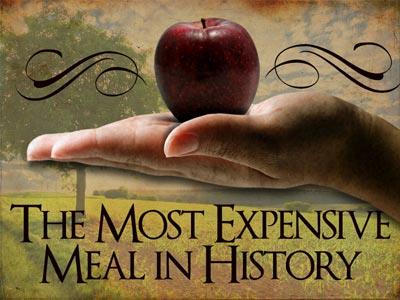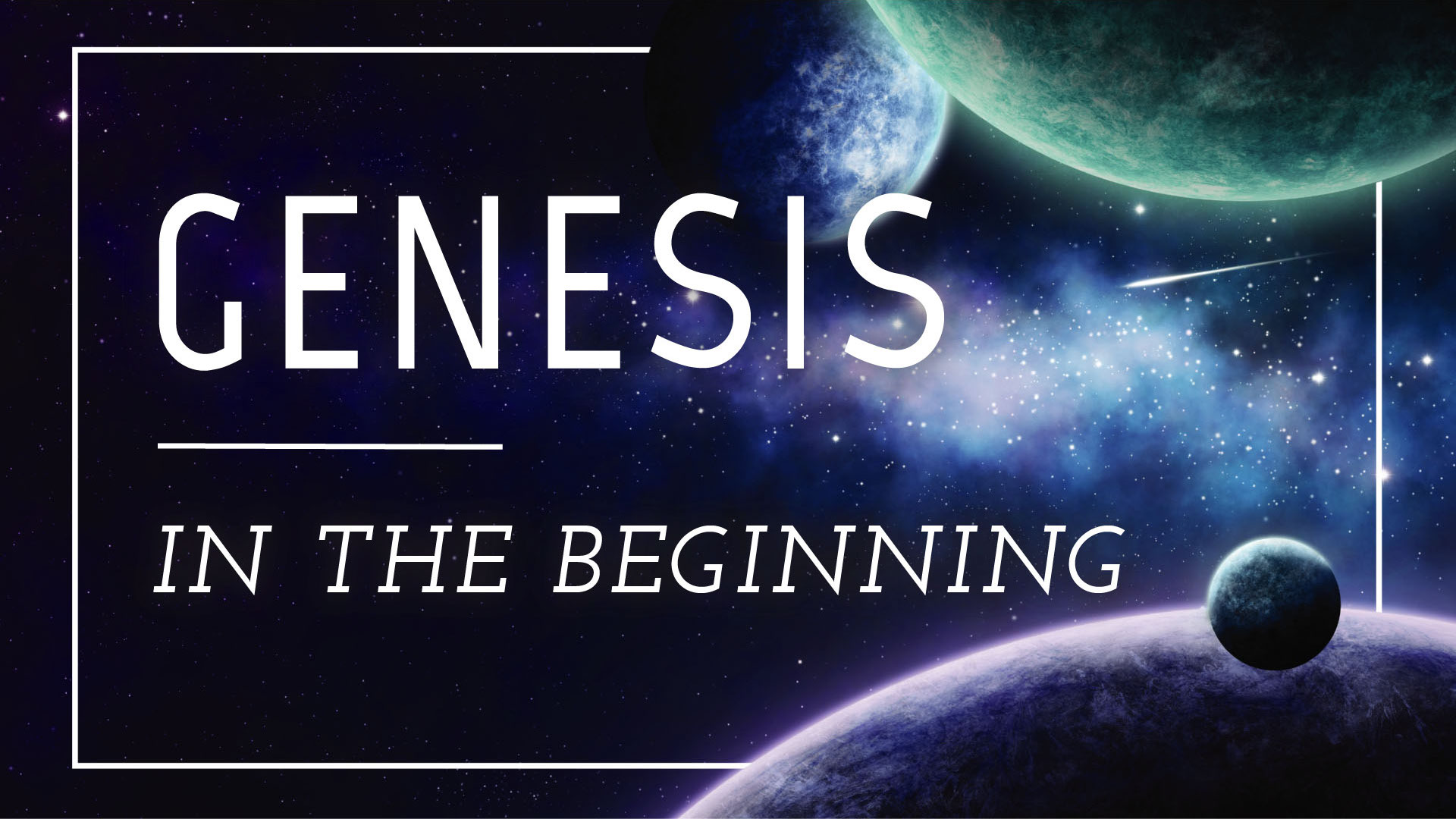-
It's A Soul Thing Series
Contributed by Jim Drake on Nov 28, 2017 (message contributor)
Summary: Man was not created to be either strictly material or spiritual. He is only complete when the material and spiritual are united in a living soul.
1. Man was made with a material body
2. Man was made with an imparted spirit
3. Man was made to be a living soul
Have you ever seen any of the old Puritan sermons? They were amazing. They would preach for over an hour. And many of their sermons would have dozens of points. The sermon this morning had 5 points which is a lot for me. I feel like the old Puritan preacher who stood up in the evening service after a time when his morning sermon had so many points. He said, “Since this morning’s sermon had an excessive number of points, tonight’s message will be pointless.” Well, tonight won’t be pointless, but it is going to be a little bit different than usual. Sometimes things like this happen when we work our way through books. Especially when we’re dealing with Old Testament narrative texts. What we’ve got in our passage tonight are two parts. The first part is very informative. As a matter of fact, you need to understand its structure to help you understand the way Genesis is written. It’ll help you understand the whole book better. It’s very important, but it’s just not much for sermon material. So, rather than turn this into an academic lesson tonight and cover the sermon material in verse 7 next week, we’ll just cover the informative stuff in verses 4-6 in a long introduction to the sermon on verse 7.
GENESIS 2:4-7
When we look at our English Bibles, we automatically see them divided into chapters and verses. Those chapters and verses weren’t in the original text. As a matter of fact, they weren’t even added until sometime in the middle ages. Don’t get me wrong, they are very helpful. They’re just not always in the place where the original authors might have put them. In other words, new chapters don’t always mark new thoughts or changes in thought. That’s what has happened here in the first two chapters of Genesis. Verses 4-6 actually represent a transition from all the stuff we’ve talked about so far to all the stuff that follows. It is a divider text. Think of it like a hinge. All of the verses that we’ve talked about before, from Genesis 1:1 through 2:3 focused on God. Chapter 2:7 through the end of chapter 3 focuses on man. Some liberal scholars have tried to say that this shows these are two different creation stories written by two different people. They say they don’t even match up, because the order of things in chapter 2 is different that it is in chapter 1. It’s true that the order doesn’t match up. It’s not supposed to because the focus of the narrative is different. Chapter 1 was arranged chronologically, according to time. Day 1, day 2, day 3, etc. That, plus all the repetition that we talked about shows God’s systematic orderliness and his creative design. On the other hand, chapter 2 is arranged topically because it’s focused on man. Man thinks topically. He relates topically. It’s a whole lot easier to come up with sermon points in chapter 2 than it was in chapter 1. As a matter of fact, it would have been nearly impossible to do a verse by verse exposition of chapter 1. If I would have, it would have been a sermon with 7 points that had a lot of “and thens” in it. And then He did this, and then He did that. It would have been like one of those old Puritan sermons. So, verses 4-6 act like a hinge. But what kind of a hinge are they? Does the information in those verses attach on to the bottom of what went before, or does it go with what comes afterward? Well, understanding this gives you a key that will help you unlock your studies in Genesis. You’re going to need a pencil and a piece of paper for this one if you don’t write in your Bibles. Genesis can be divided into 11 sections. Between each of those sections, you will find the word generations. That word is always used to introduce a genealogy. It introduces something like a list of begats. Like I said, there are 11 sections in Genesis. All but the first one are introduced with the word generations. You can find them in 2:4—the generations of the heavens and the earth, 5:1—the generations of Adam, 6:9—the generations of Noah, 10:1—the generations of the sons of the sons of Noah, 11:10—the generations of Shem, 11:27, the generations of Terah, 25:12—the generations of Ishmael, 25:19—the generations of Isaac, 36:1—the generations of Esau, and the last section of Genesis begins with 37:2—the generations of Jacob. So, realizing that this is how Genesis is laid out shows us that verses 4-6 introduce the section that runs until the next generations are introduced in 5:1. If you don’t remember anything else, just remember that verses 4-6 are a hinge that links 1:1-2:3 with 2:7 through the end of chapter 4. Chapter 1 is chronological and God focused, 2 through 3 are topical and man focused. Notice that the chronological account began in 1:1 with the first thing—in the beginning. Instead of the topical account beginning with the first thing, it begins with the most important thing in God’s eyes—the creation of man. In the chronological account, God just hit the high spots about man’s creation. He said that He created man—male and female—in His own image. Here in the topical account, He goes into more detail. When a ball player goes to training camp or a young recruit goes to boot camp, the trainer or drill sergeant will run them through the ringer. They will take them to the extremes of mental and physical exhaustion. When they’re asked why the do that, they’ll say they just want to see what the person is made of. We all know what they mean by that, but in verse 7 of our passage, God clearly tells us what we are made of. By looking at this verse tonight, I want each of us to see who God has created us to be. And when we see who He has created us to be, I want each of us to live in the present, but keep our eyes focused on eternity. In order to do that, we’re going to look at three elements in the composition of man. The first element in the composition of man is his material body. Look with me at the first part of verse 7:

 Sermon Central
Sermon Central



